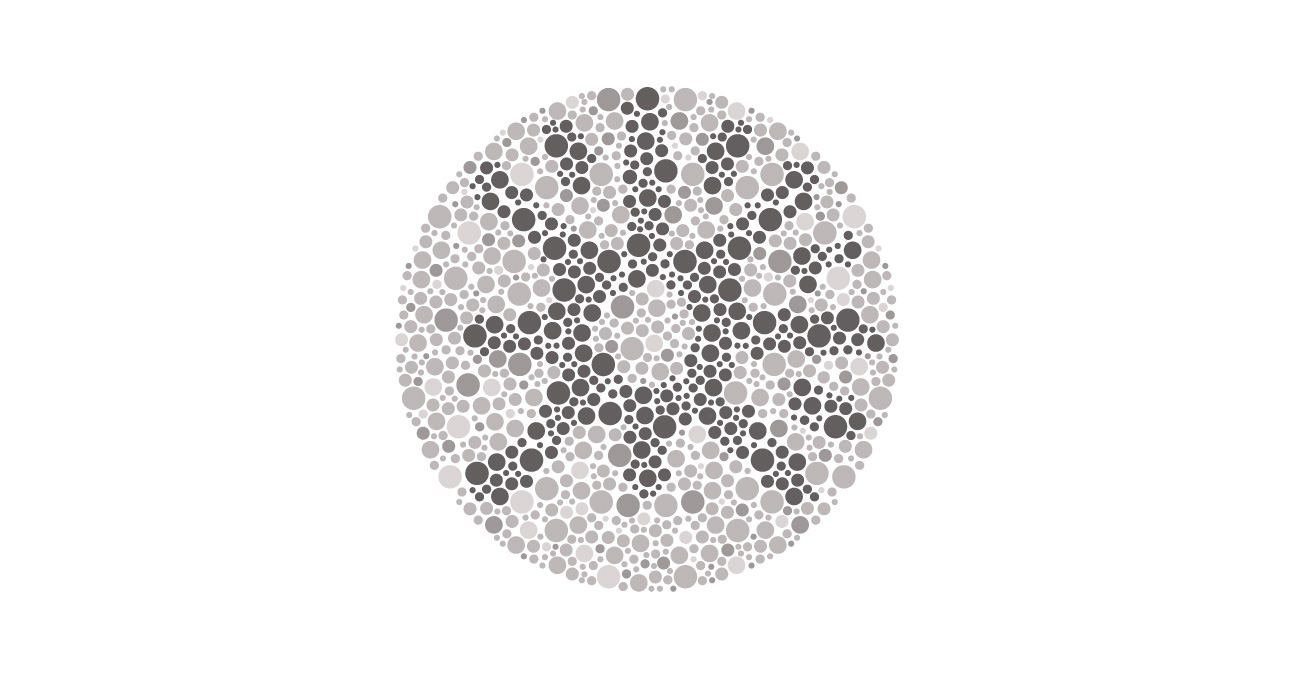Understanding Accessibility - The Challenge with Acronyms Like A11Y

Accessibility covers a variety of topics, but the overriding goal of all its efforts is that you want to make content as easy as possible to understand, with the fewest-possible barriers. Beyond structure, content clarity is important and acronyms can set up additional -- and unnecessary -- barriers.
It's an issue the accessible community is struggling with itself by the very term some use to reference accessibility.
I recently discovered the meaning of "tl;dr", which it turns out means "too long; didn't read". In an age where new acronyms appear all the time, it's important to know what's being discussed with as few abbreviations as possible, so everyone can follow a discussion or topic of their interest with minimal confusion.
In the world of accessibility, the most common abbreviation one will encounter is "a11y" either used as a hashtag or as an adjective.
A11Y stands for accessibility – the 11 refers to the eleven letters between the A and the Y in the word "accessibility". On social media, where characters can be a premium, the extra nine letters can go a long way. It's also easier and faster to type.
Such an abbreviation is not without its critics though, who say that the movement towards greater accessibility won't be helped through the use of cryptic and nondescriptive language. A company is unlikely to understand what a complaint about their "A11Y" is, but may be more responsive to an "accessibility" concern.
My personal preference is to avoid abbreviations wherever possible, including "a11y". I know some people in the accessibility field object to it so strongly that they have it filtered out of their social media timelines. But it's used so often by others in the accessibility field that I don't want my content or questions to be missed. I have sometimes tweeted out the same question or content with the #accessibility and #a11y hashtags in separate tweets to increase the likelihood of it being answered by someone, but am more likely to use the former for clarity.
In a longer-form piece, you can follow the AP/CP guidelines of using acronyms after a first reference. That way the reader has a reference point that introduces them to what the acronym is being used in place of. On social media, it's a challenge and often you'll run into hashtag, the meaning of which isn't readily understandable.
Clear communication is essential, especially when it comes to an emerging topic of interest such as accessibility. No matter which hashtag or abbreviation you use, be sure that those reading it understand your meaning. After all, confusion is its own form of inaccessibility.
What's the proper Twitter hashtag for accessibility?
What does #a11y mean?
SUBSCRIBE TO OUR E-NEWSLETTER
 Subscribe
Subscribe


